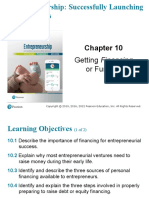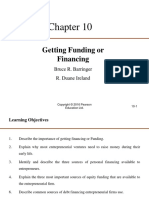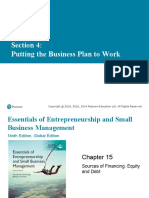0% found this document useful (0 votes)
41 views39 pagesTech. Ent. Lect # 9 10
Uploaded by
chaudharyneha9097Copyright
© © All Rights Reserved
We take content rights seriously. If you suspect this is your content, claim it here.
Available Formats
Download as PPTX, PDF, TXT or read online on Scribd
0% found this document useful (0 votes)
41 views39 pagesTech. Ent. Lect # 9 10
Uploaded by
chaudharyneha9097Copyright
© © All Rights Reserved
We take content rights seriously. If you suspect this is your content, claim it here.
Available Formats
Download as PPTX, PDF, TXT or read online on Scribd
/ 39
























































































